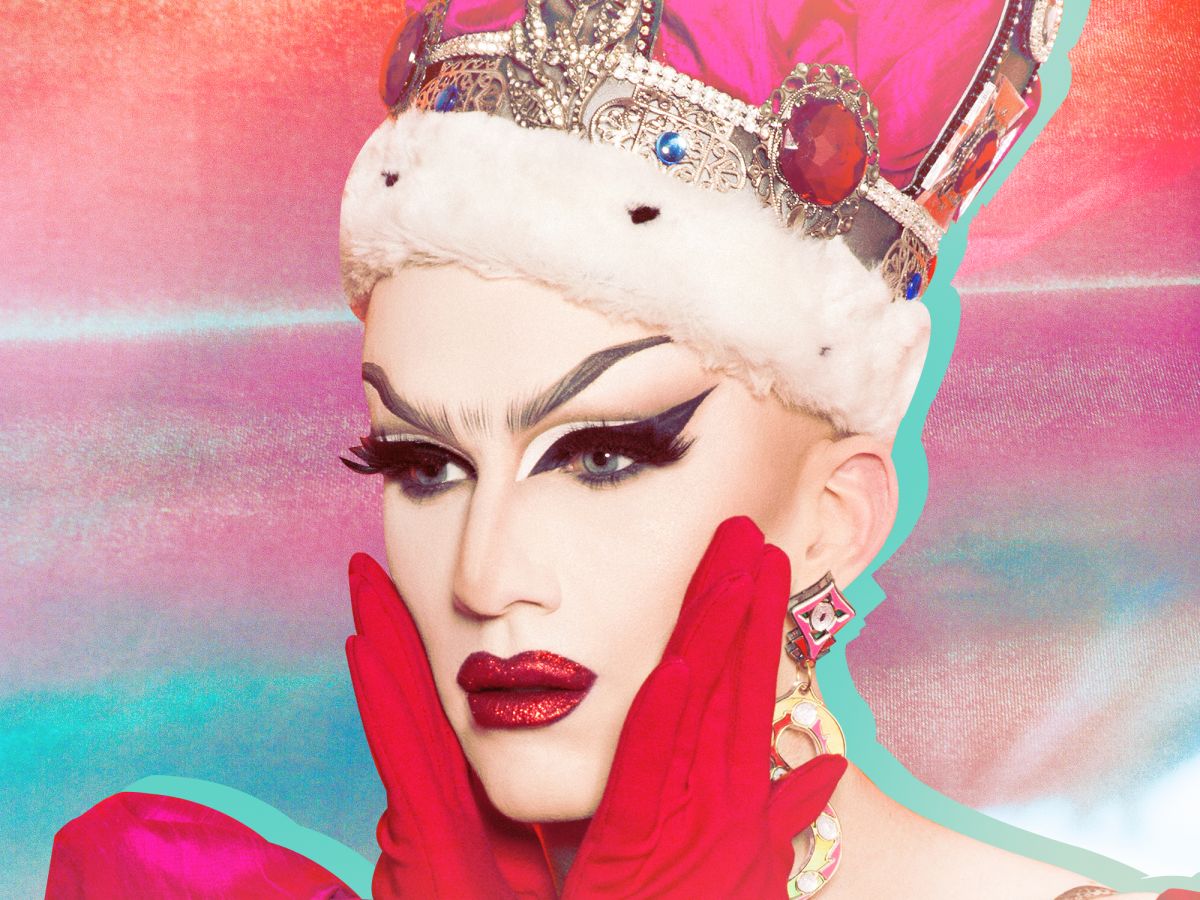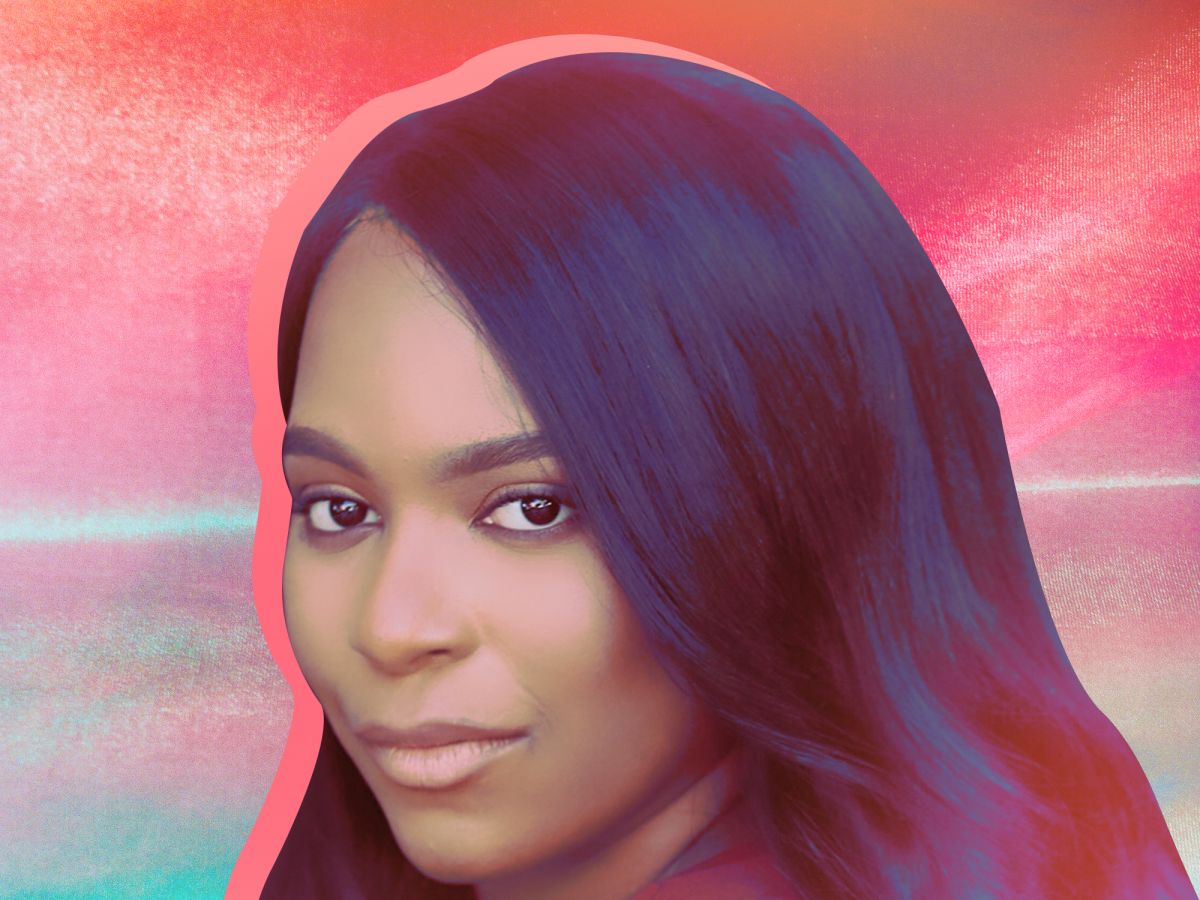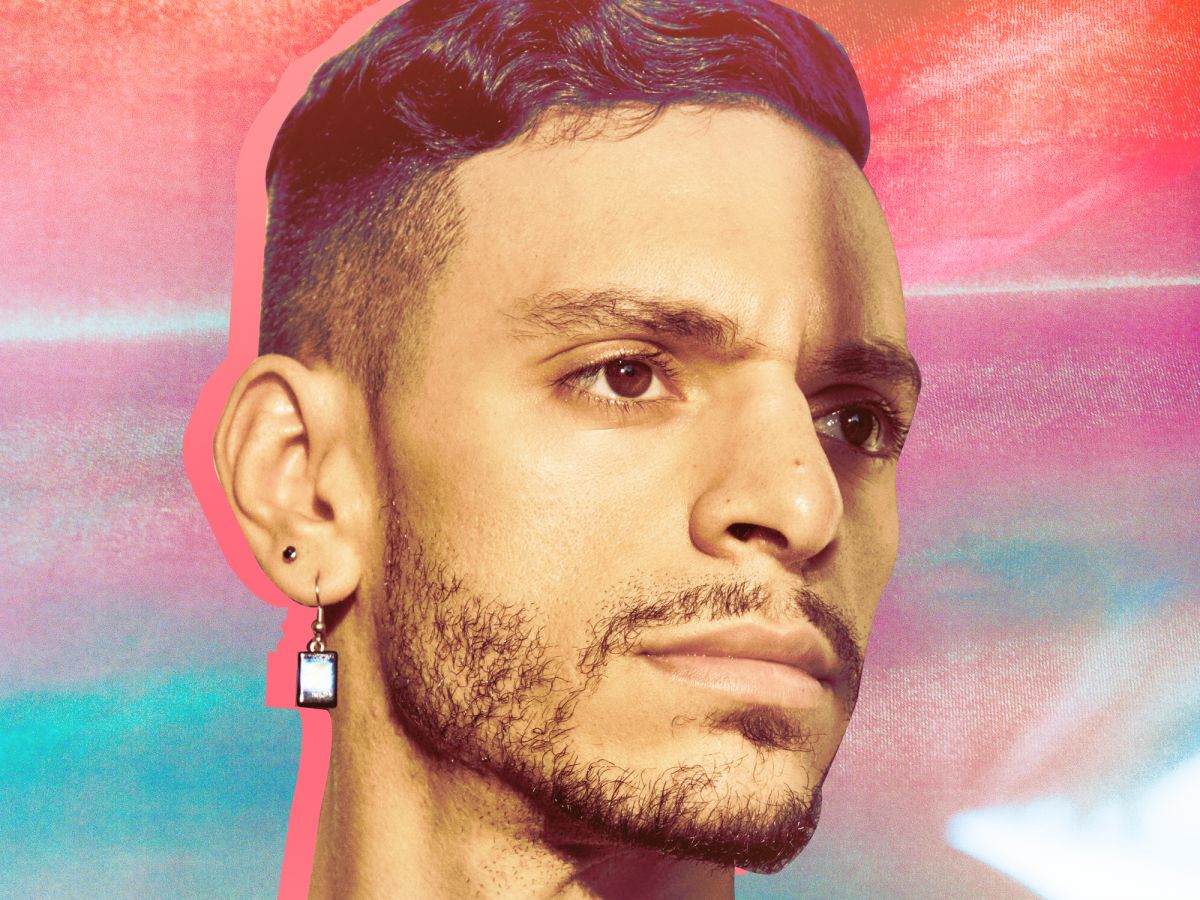
It doesn’t matter how many millions of followers international drag superstar Sasha Velour has on Instagram (it’s 1.5 million, for the record) or that she was on a hit TV show or that she sells out her alternative drag performance shows. What matters to her is safety, which, despite any level of fame, depends on the safety of her community. “It’s a real equalizer in many ways,” Velour says. “My safety depends on the safety of visibly gender-nonconforming people anywhere.”
While Velour has experienced an incredible amount of success, she’s still hyper aware of how safe spaces protect her — and that the world may not always be as accepting. “People who look like me face violence,” Velour says. “This helps ground everything that I do in political awareness: I see my community as needing to stick together in that sense and fight for some tangible change.”
That fight is powered by incredible LGBTQ+ leaders and community figures all over, each of whom has a unique story and, for many, a space that makes them feel at home, gives them the strength to be themselves in the world, and helps them band together with a community that will continue to push them toward their goals. To that point, in partnership with Absolut Vodka, an LGBTQ+ ally for 38 years (and counting) and a proud partner of GLAAD, we spoke with three LGBTQ+ leaders on where they find safe spaces, who supports them, and why having dedicated safe spaces — whether they're physical or more figurative — is crucial to the LGBTQ+ community.
A safe space is a place where you just know that you’re going to be treated equally; it means you have the same access and freedom and feeling as anyone else.

Photo courtesy of Alexandra Grey.
Alexandra Grey moved to Los Angeles without a headshot or resume, looking to follow her dream of being an actress, but also because “it was too cold to be homeless in Chicago,” Grey says bluntly. After coming out as a trans woman almost a decade ago, Grey’s family severed ties with her, leading the aspiring star to spend holidays crying to Christmas music at the grocery store and relying on the generosity of strangers just to get by. In California, she found a new home at the Los Angeles LGBT Center, where she was treated “just like a normal human being” and began to relearn the meaning of community, find a safe space, and feel like her life mattered. “To me, a safe space is a place where you just know that you’re going to be treated equally; it means you have the same access and freedom and feeling as anyone else,” Grey says. Grey’s second night in Los Angeles landed her in a small speaking role on a film set, and since, she’s appeared in a number of TV shows and films, finding safety in productions that prioritize diverse casting. “When I’m at work, I feel like it’s a safe space. If I’m in the room, they’re interested in inclusivity: They look at you as just an actor. You don't feel like you're there because you're trans; you're there to show up, hit your mark, remember your lines,” Grey says. “It feels very nice to be looked at as an equal, respected colleague — it’s about the work.”
Though Grey hasn’t spoken with her family in nine years, she’s found a new light in loving herself and being around people who “make me feel good, respected, and loved,” she says. “Once you fall in love with yourself, you can get past anything, even your family disowning you for living your truth.” And while Grey’s original ambition was to be famous, her path of self-discovery led her to a greater purpose: “To be a trailblazer and a storyteller, telling stories about trans people of color,” she says. “Not only do I get to do something I love, I get to make social change and make the world a better place, too. Regardless of whatever's going on, just be strong, be courageous, and realize that people like me are fighting to make things better for the people who will come after us.” And yeah, Grey finds the whole experience, “pretty dope.”

Photo courtesy of Jason Rodriguez; photographed by Greg Vaughan.
Jason Rodriguez wanted to be a dancer — only, he wasn’t accepted into his college’s dance conservatory. As a student at SUNY Purchase, he enrolled in dance classes and studied arts management, a passion of his since he played all the girls' roles in his all-boys high school’s drama club. But rejection from Purchase’s dance (and acting) program wasn’t going to stop Rodriguez: “I was trying to connect the dots on my own. I wasn't part of a program trying to train me; wherever I could dance, I wanted to dance,” he says. And then, renowned voguing expert Benny Ninja taught a vogue workshop at the school, and everything changed for Rodriguez. “Seeing Benny be so confident in a room and in his craft and the way he spoke — as a Hispanic gay man, to me, an introverted, young, gay Hispanic — I wanted to be like him, dress however I wanted to dress, dance and speak with confidence. I wanted to find a way to be expressive like him,” Rodriguez recalls from the set of the TV show he works on, a period drama focused on New York’s ballroom community in the late 1980s, in which he plays a competitive voguer.
It was a family I chose, and they had to choose me as well.
Obviously, Rodriguez’s obsession with vogue and ballroom paid off: Interacting with a role model led Rodriguez to join the House of Ninja after graduation, joining a ballroom family and “joining a legacy,” he says. “It was a family I chose, and they had to choose me as well.” For Rodriguez, voguing is his safe space, especially because the recent surge in popularity of the dance form has helped bring queer stories into the mainstream. “It’s helping people understand how to relate to LGBTQ people, what LGBTQ people fought for and who they are today.”

Photo courtesy of Sasha Velour.
Sasha Velour “never really stopped doing drag,” she says, when asked how she started this creative journey that’s led her to the crown of America’s favorite TV drag competition. As a young child, she loved dressing up as her favorite characters from movies and plays, always identifying with the villains. She’d perform in character at home, not thinking of the experience as drag but, rather, as theater. Out in the real world, she made the disappointing discovery that people, “had a much stricter division of character,” and drag became a secret, private hobby. But with the proliferation of drag on TV and it seeping into the mainstream, Velour saw more opportunities to perform in drag and be appreciated by large audiences. Drawing on a lifetime of dressing up and fantasizing, Velour’s drag identity was born.
Worldwide fandom hasn’t changed Velour much. Her most recent drag revue, Nightgowns, obtained rave reviews, which she believes is due to the diversity of her act, reminiscent of the lineup in shows she hosted before being on TV. Nonbinary drag performers, drag kings, comedy queens, and more show “the whole lineup of what drag can be in one night,” Velour says, creating a safe and inclusive space for people of varying identities. Not shying away from dark realities, like losing her mom and larger political issues that face the LGBTQ+ community, helps Velour create a new drag environment. “People really listened to what the performers had to share: real LGBTQ experiences,” Velour says. When audience members see artists who look like them or resemble them in some way, hearing their stories can feel comfortable yet still provide new perspective. Honesty and vulnerability help Velour form her own safe space in the community. “We’re dealing with the real thing, but it’s comfortable and controlled for the audience, not hurtful or triggering.”
Click HERE to read more.
You can publish this article on your website as long as you provide a link back to this page.

Be the first to comment